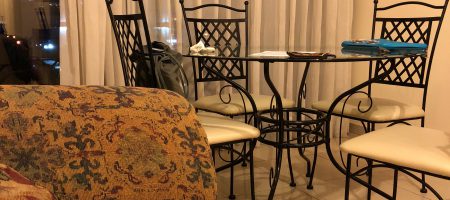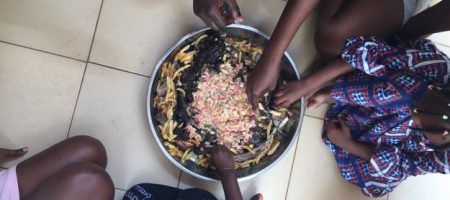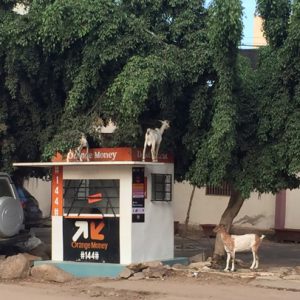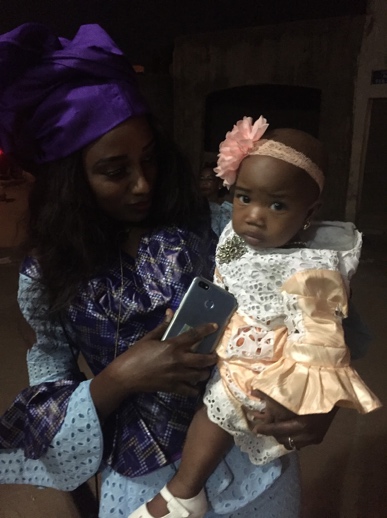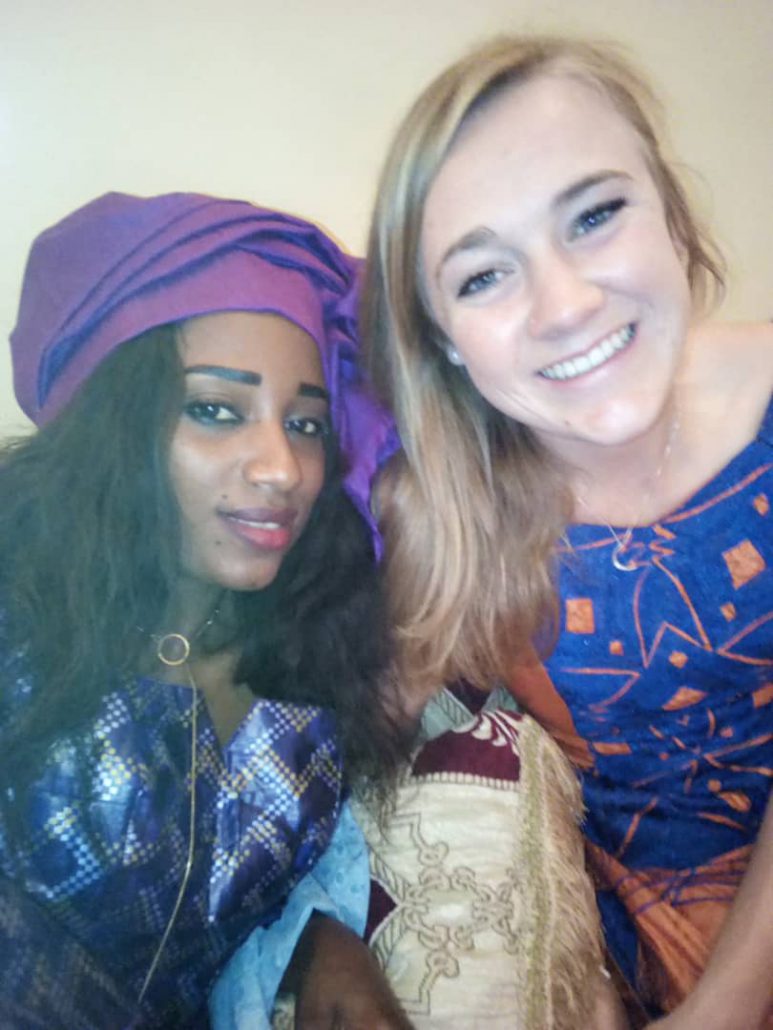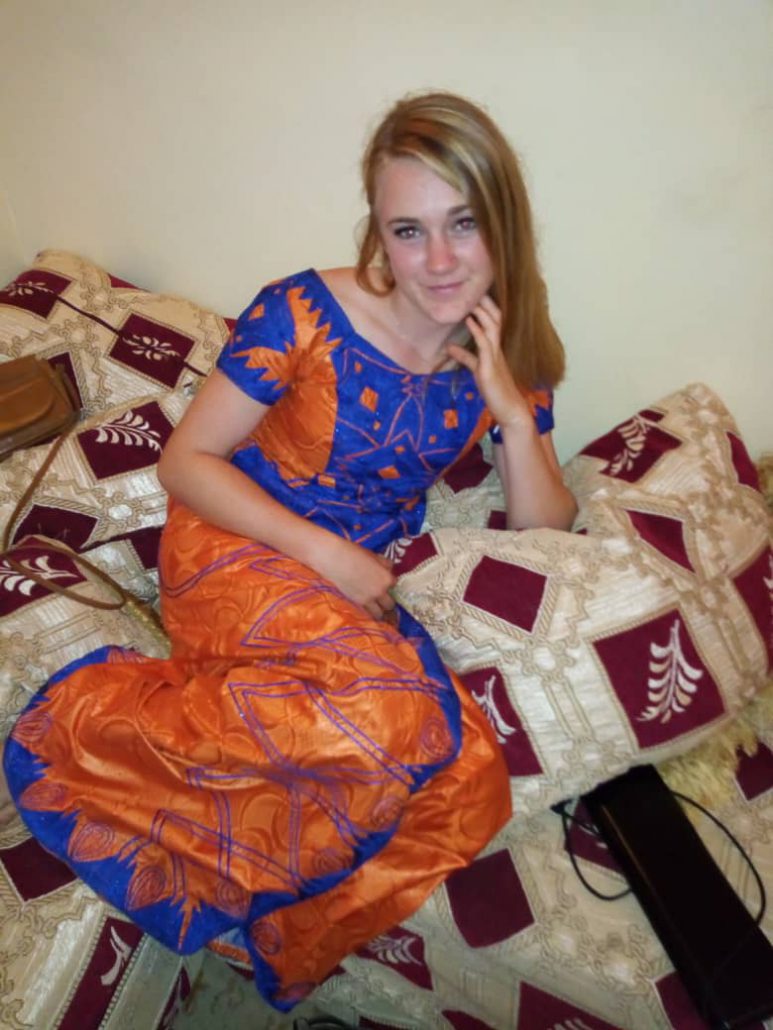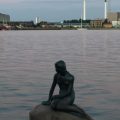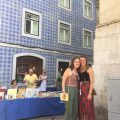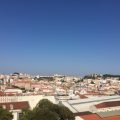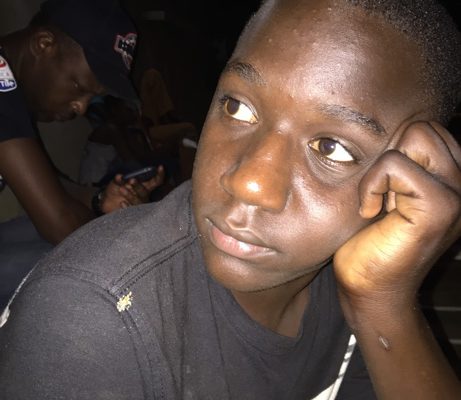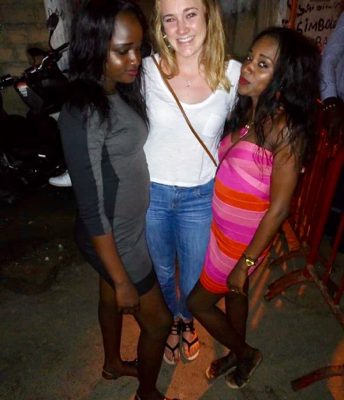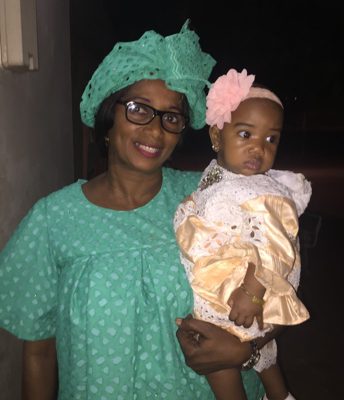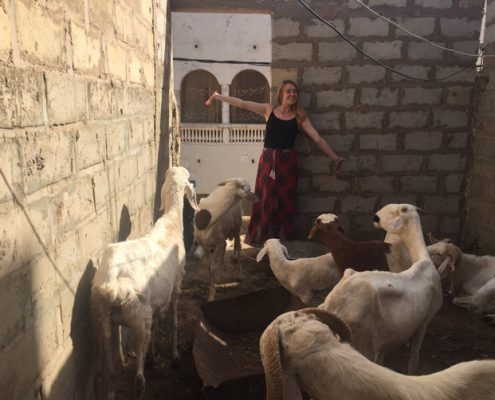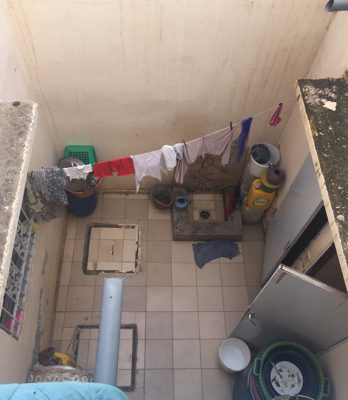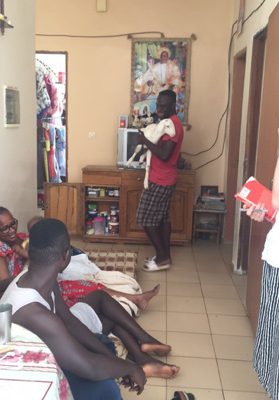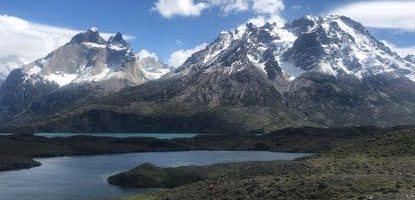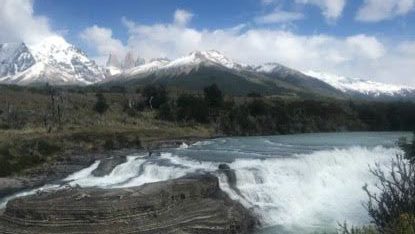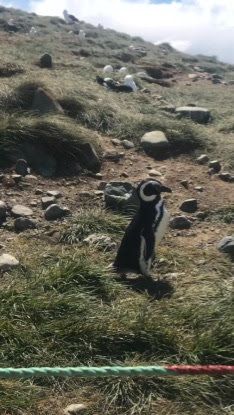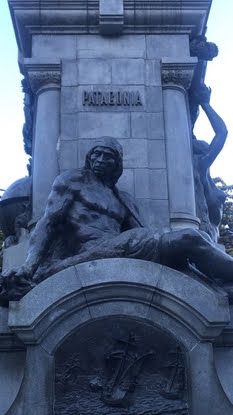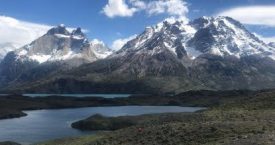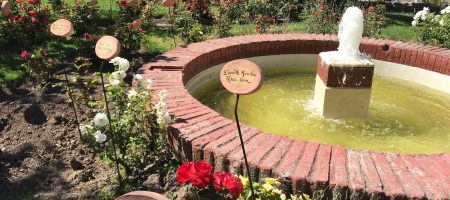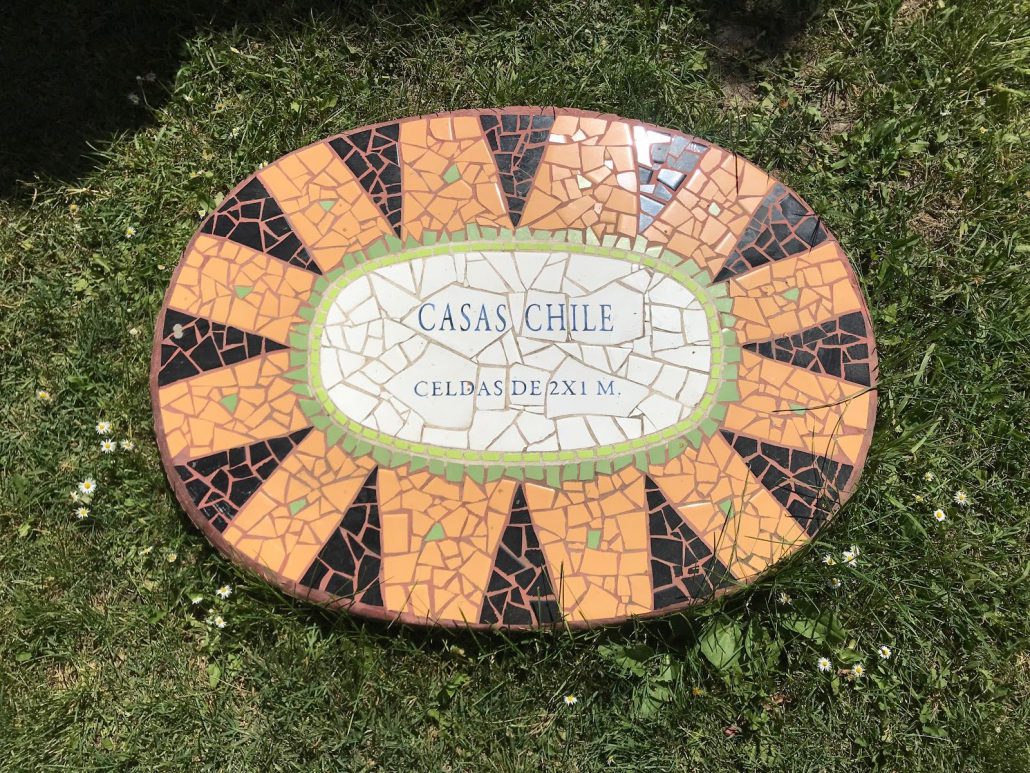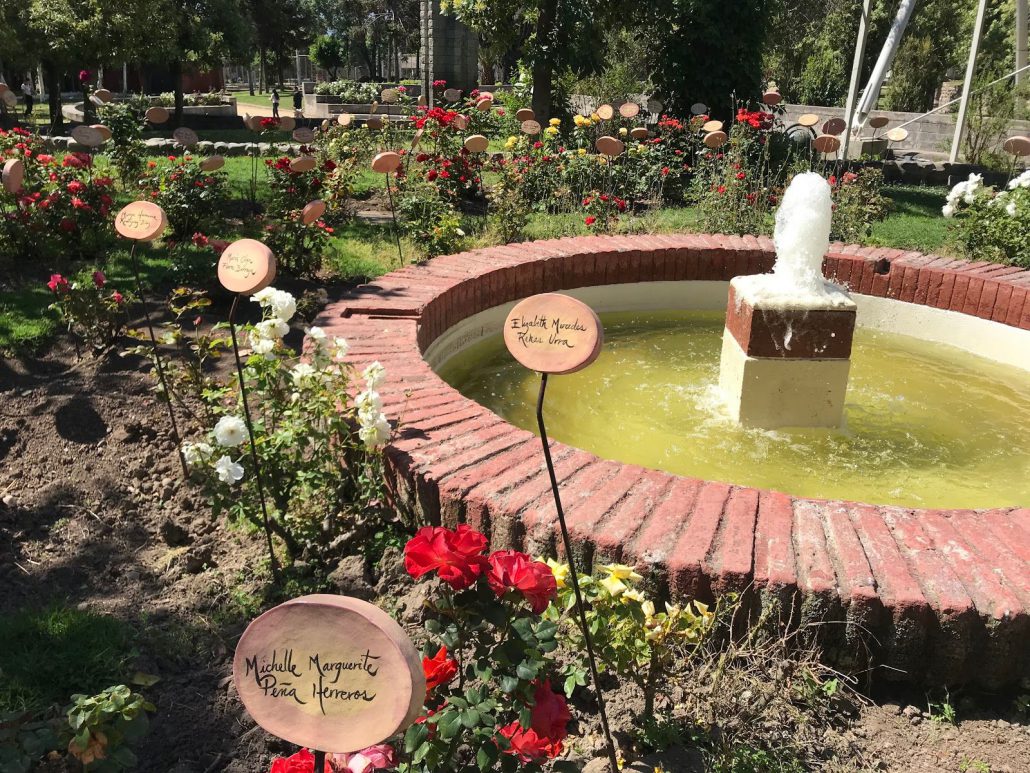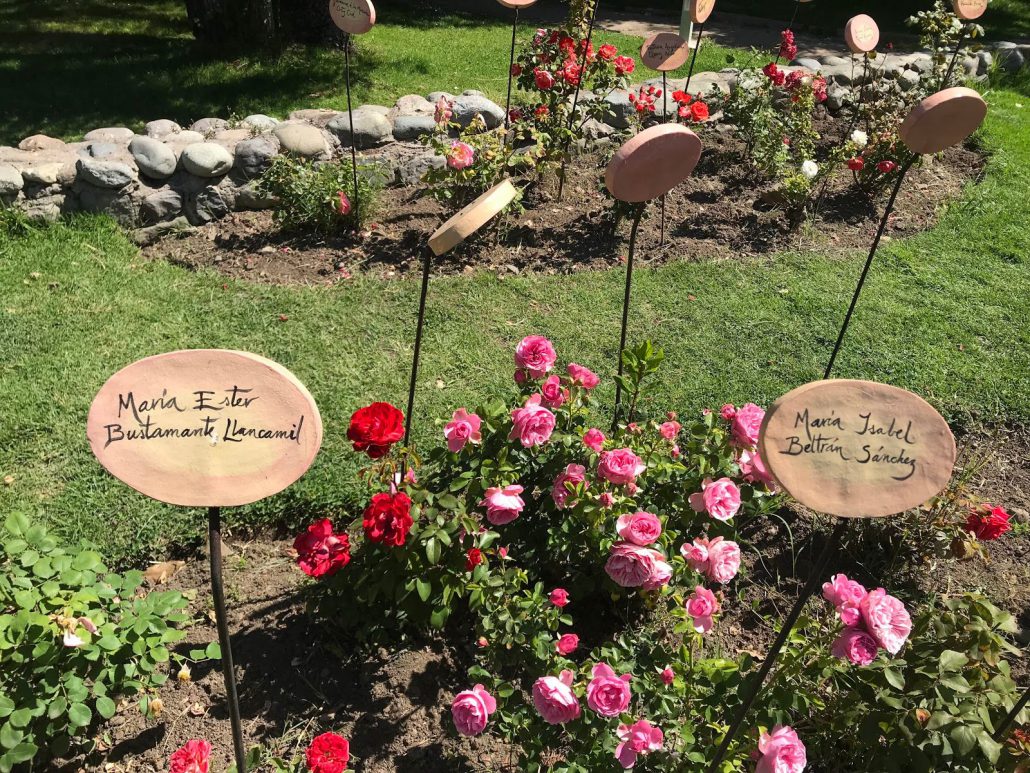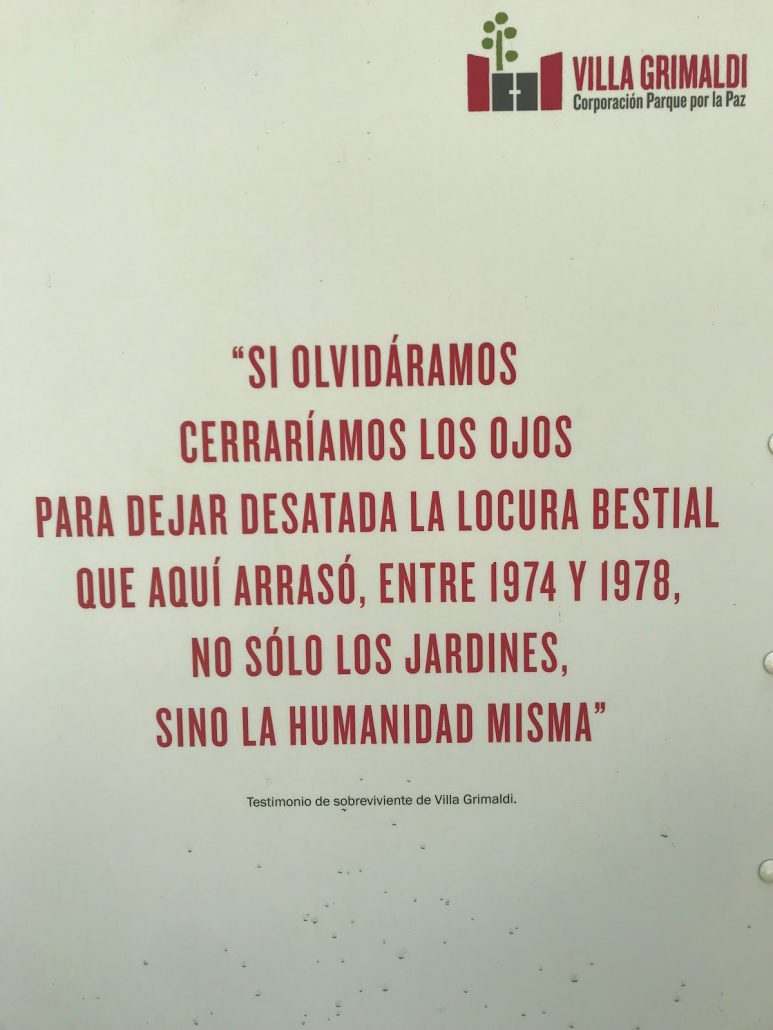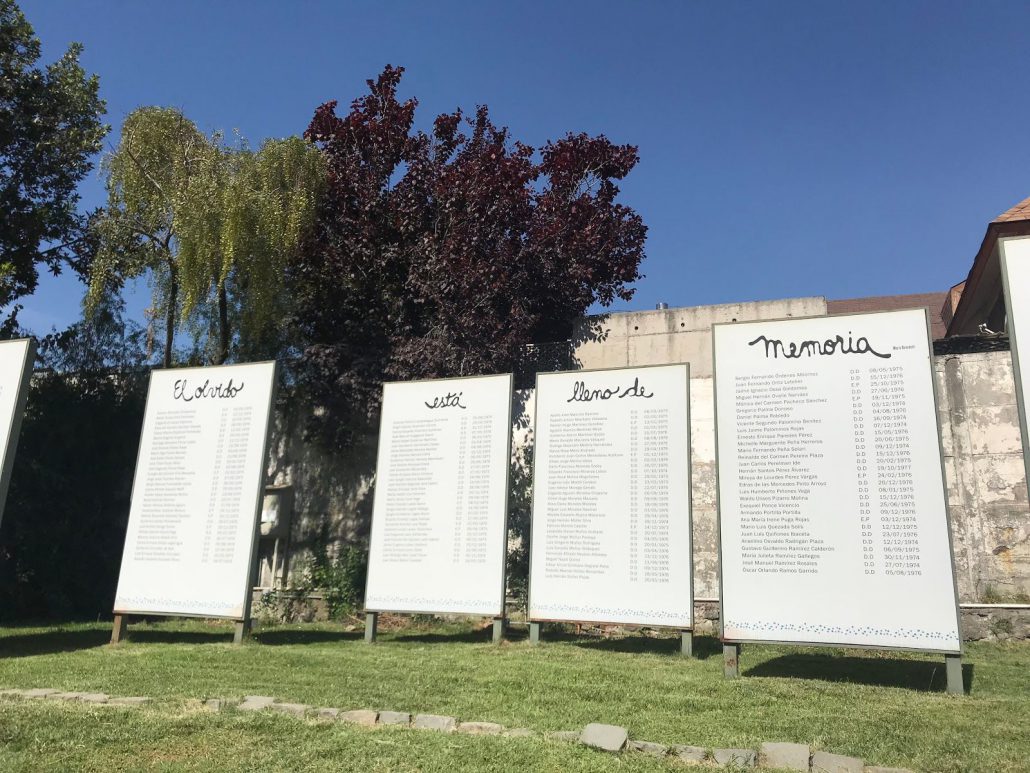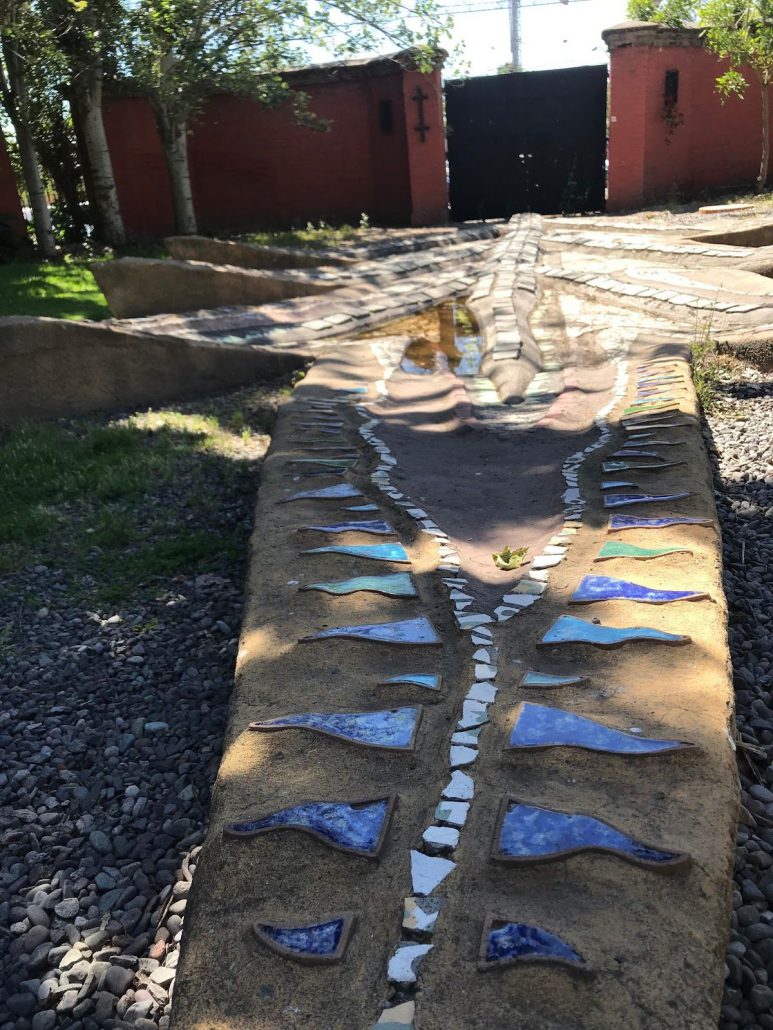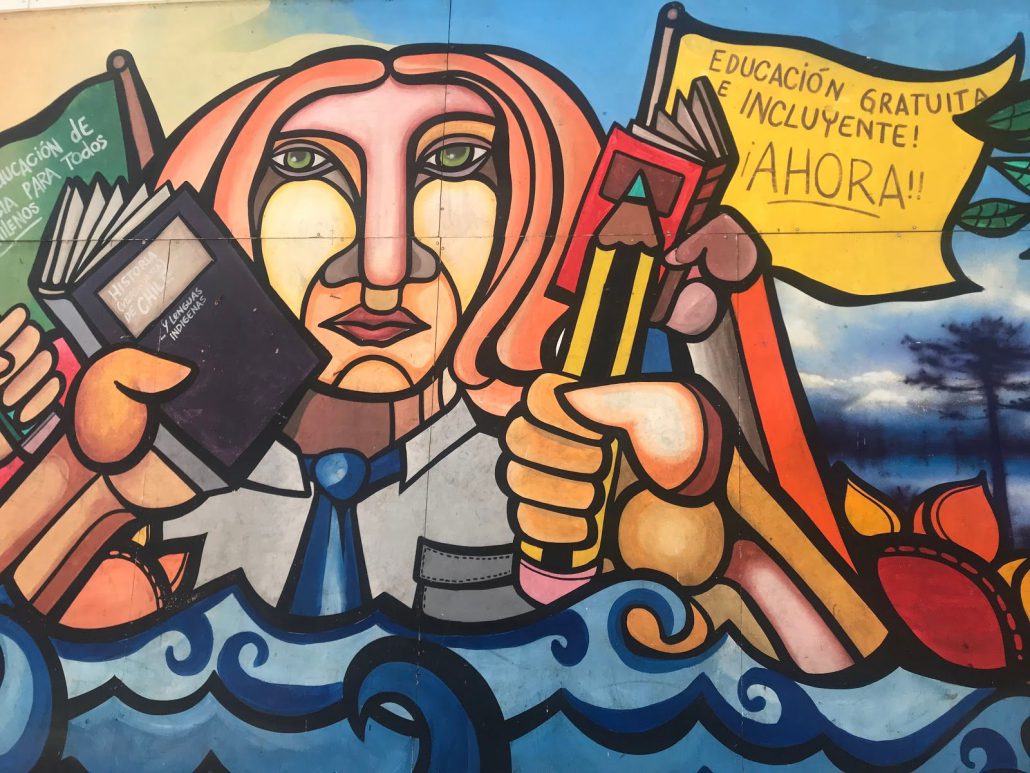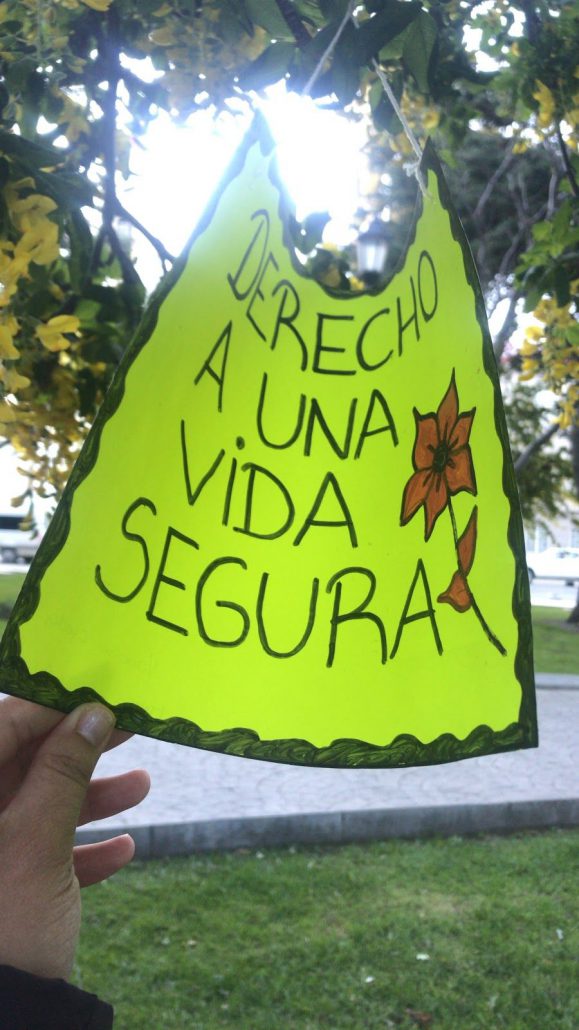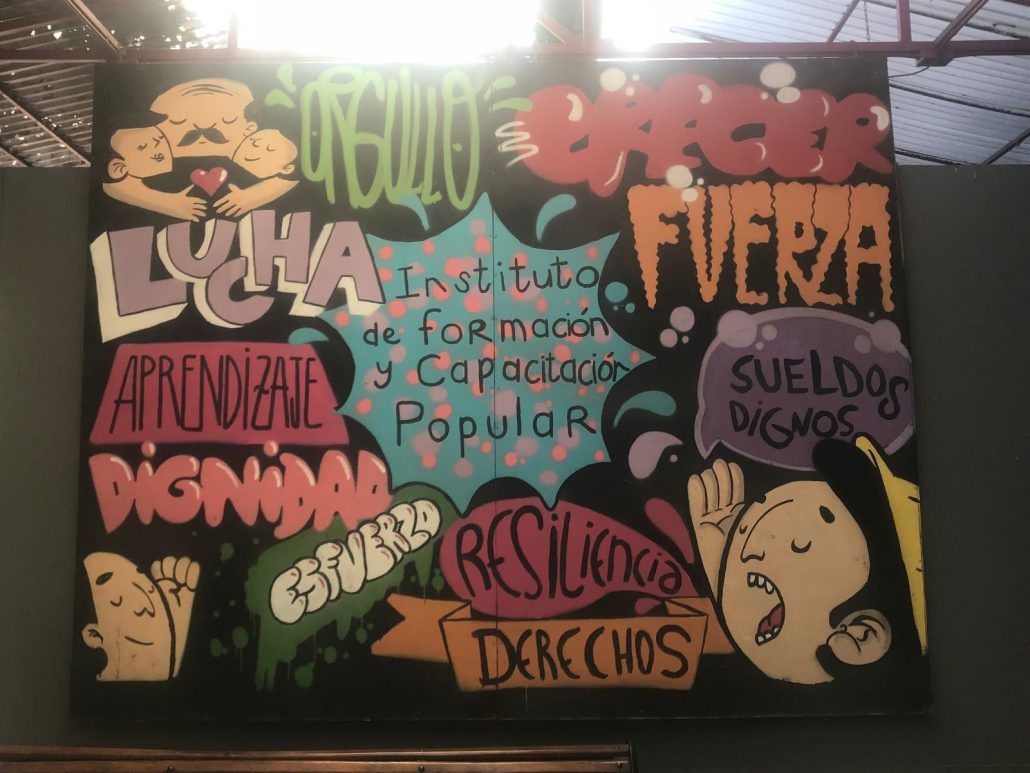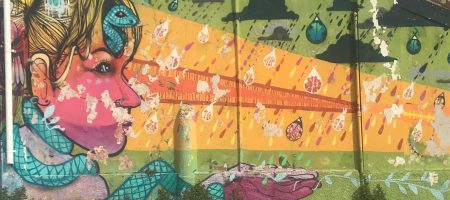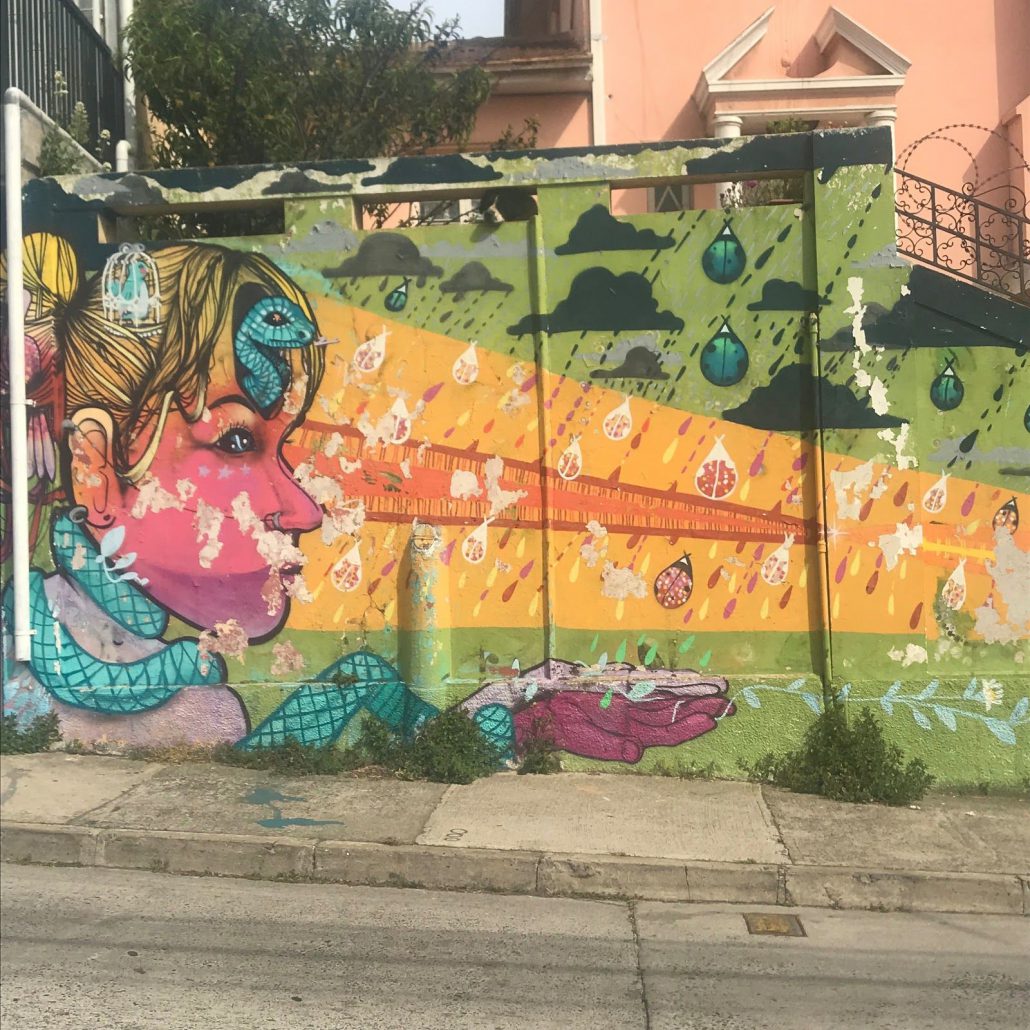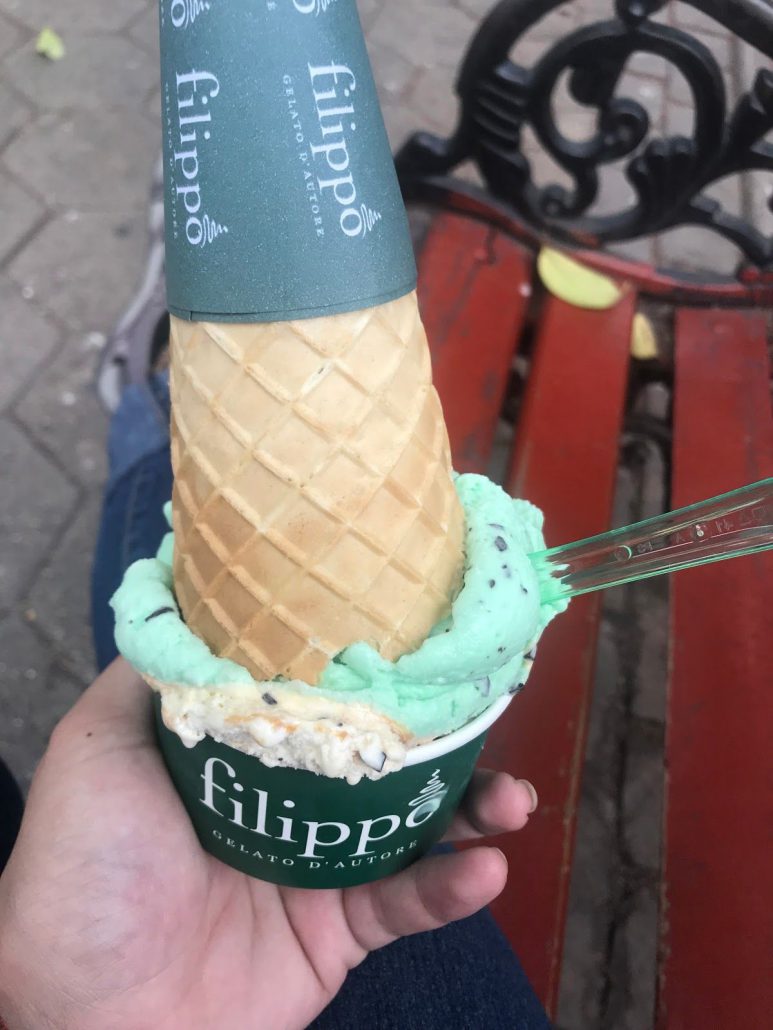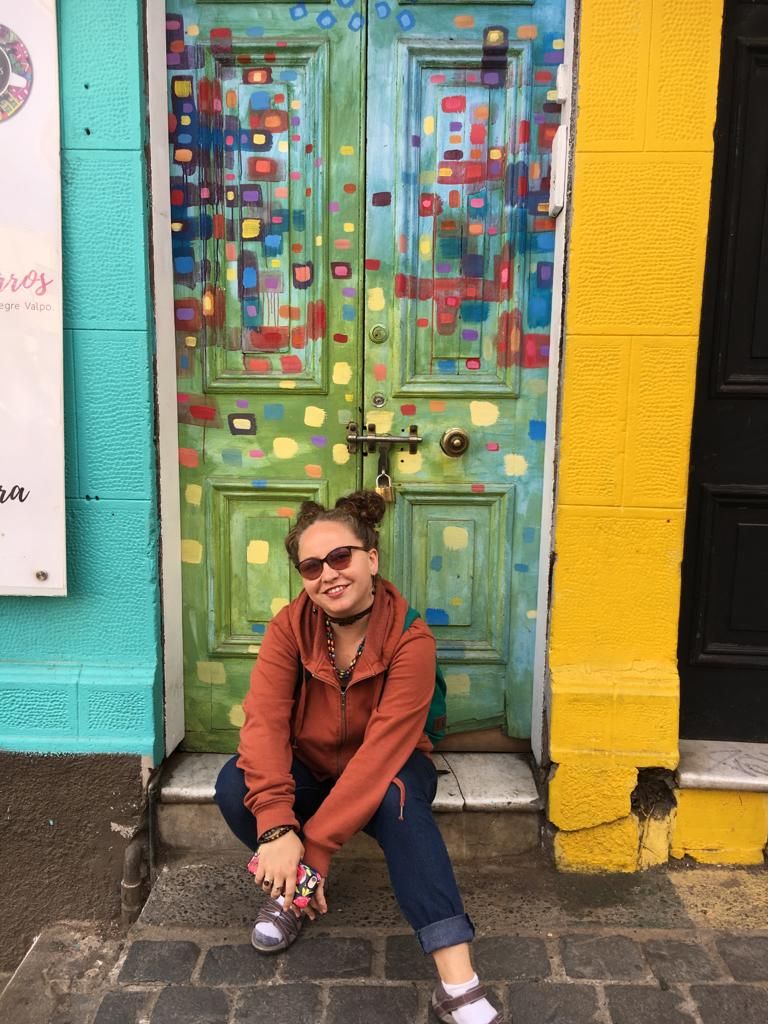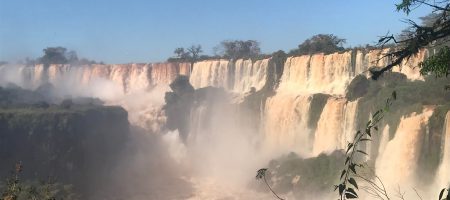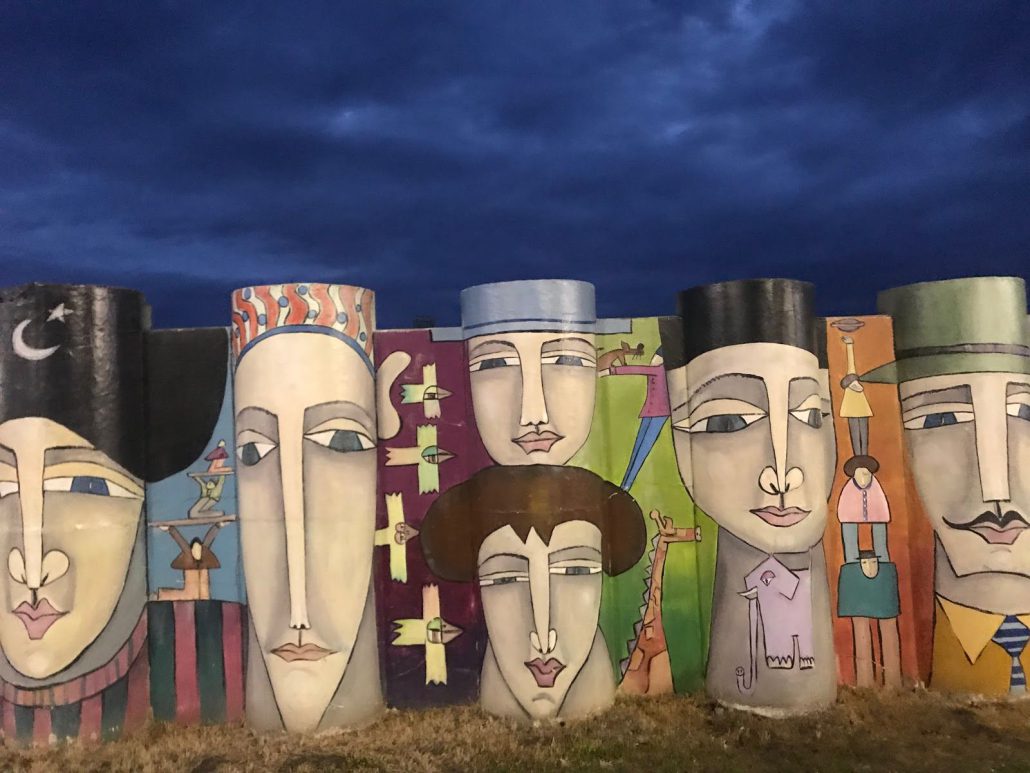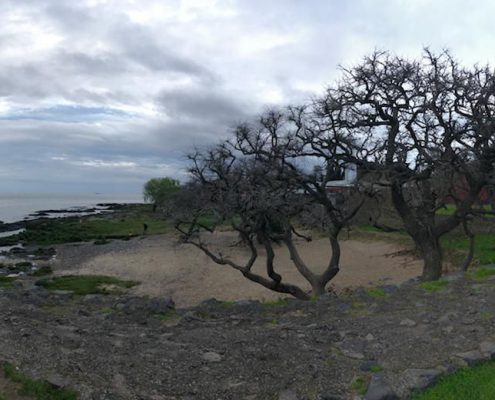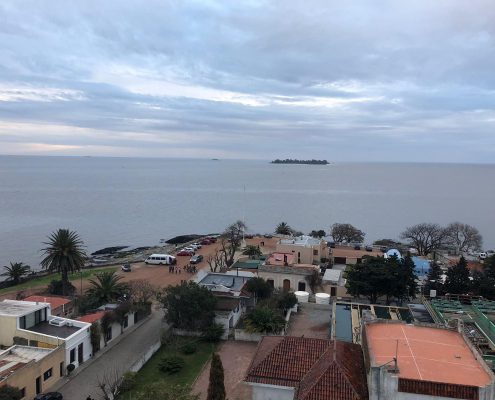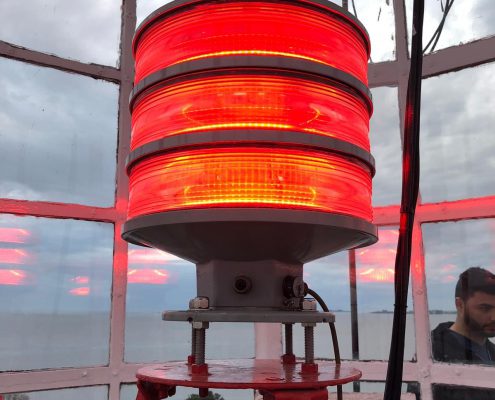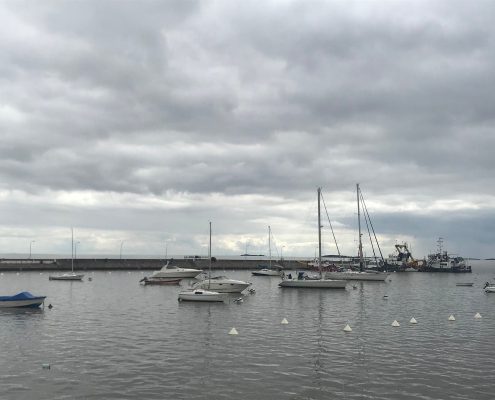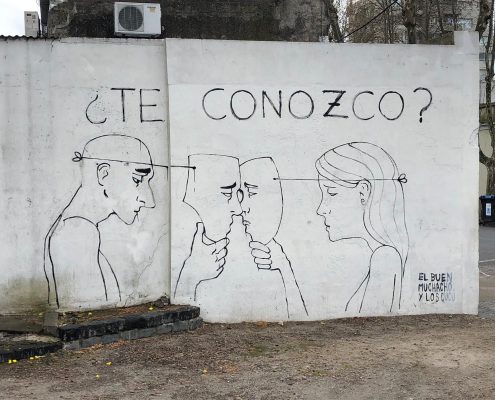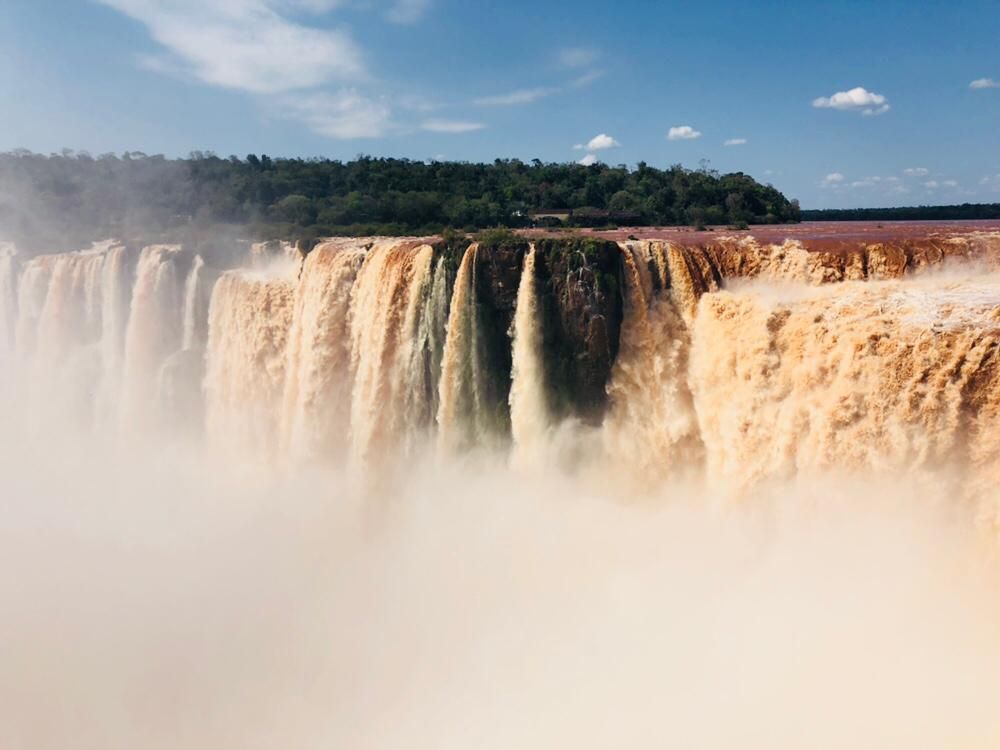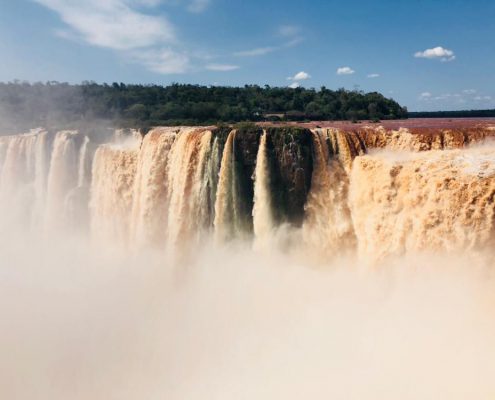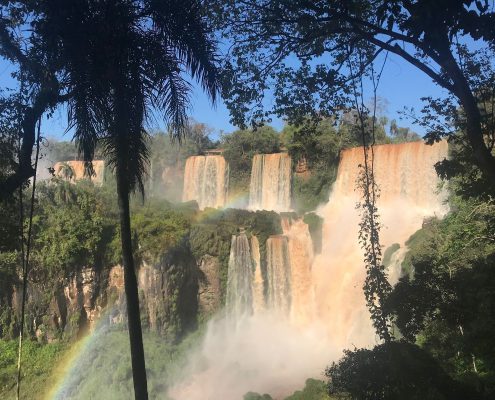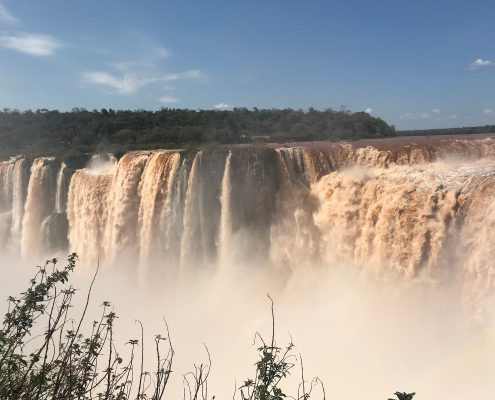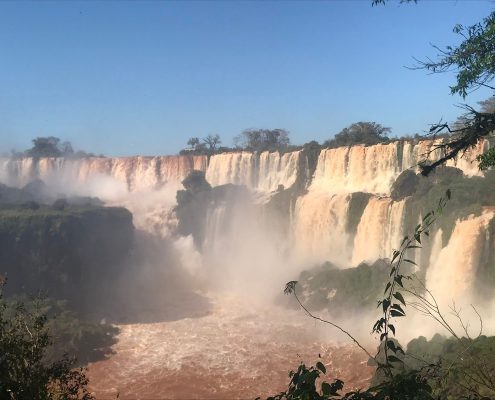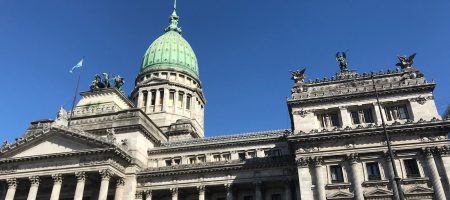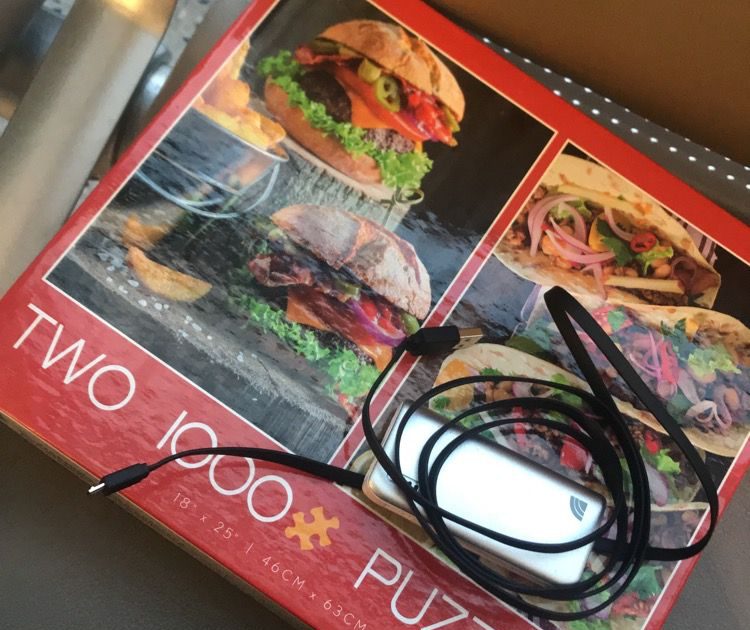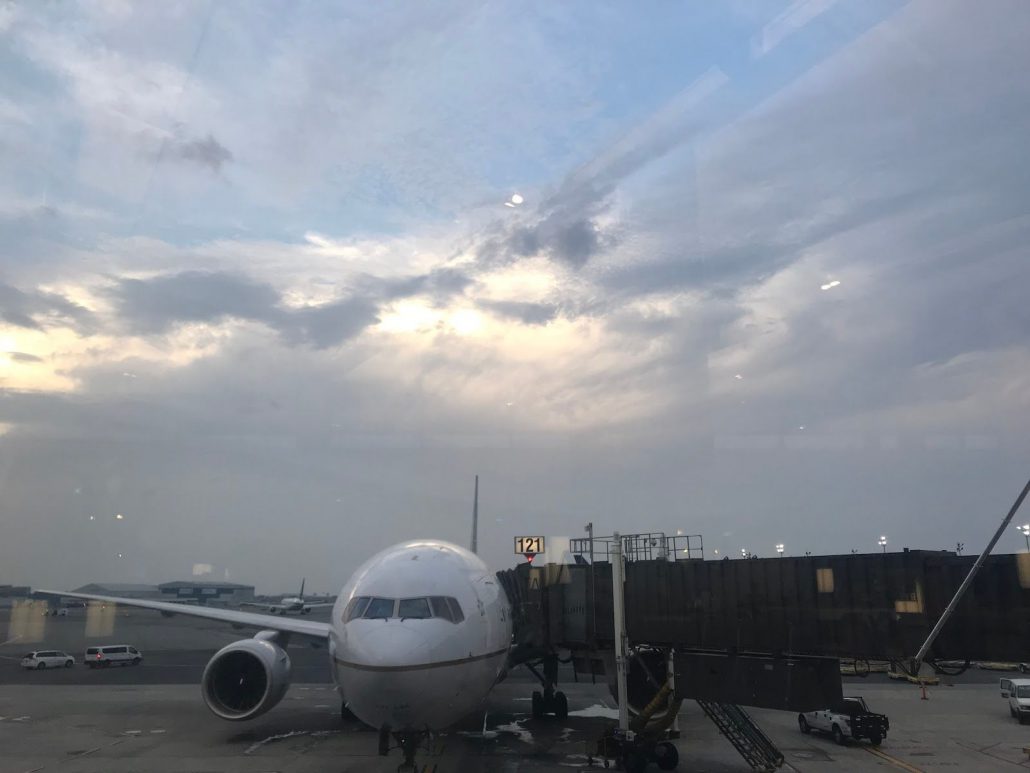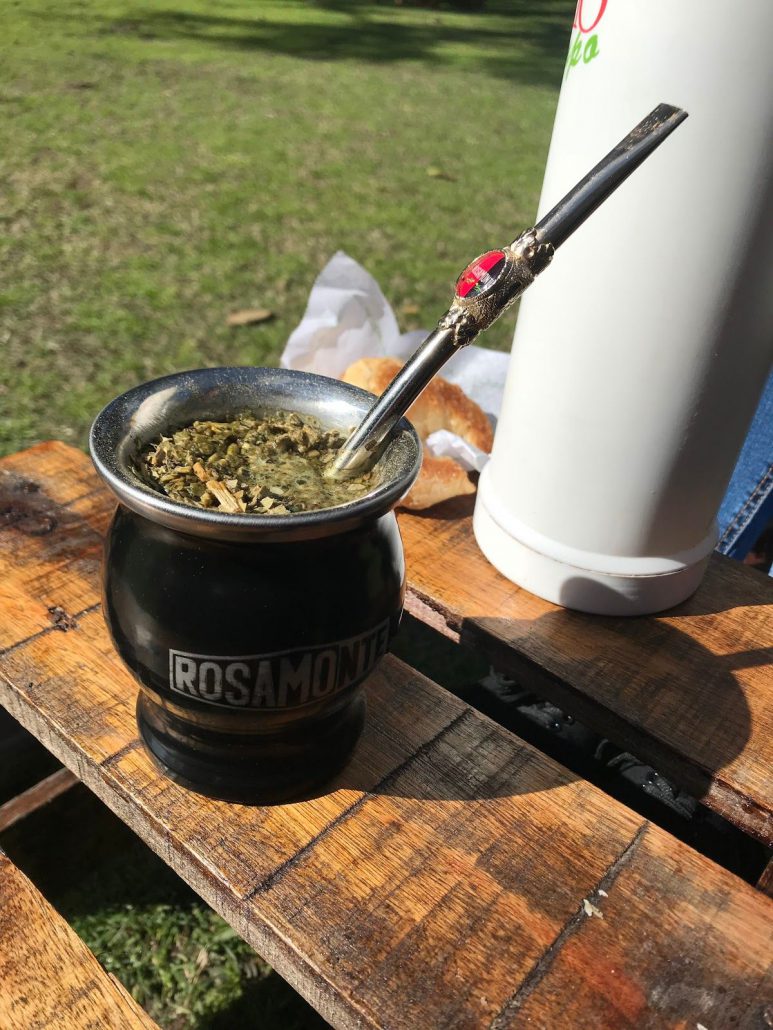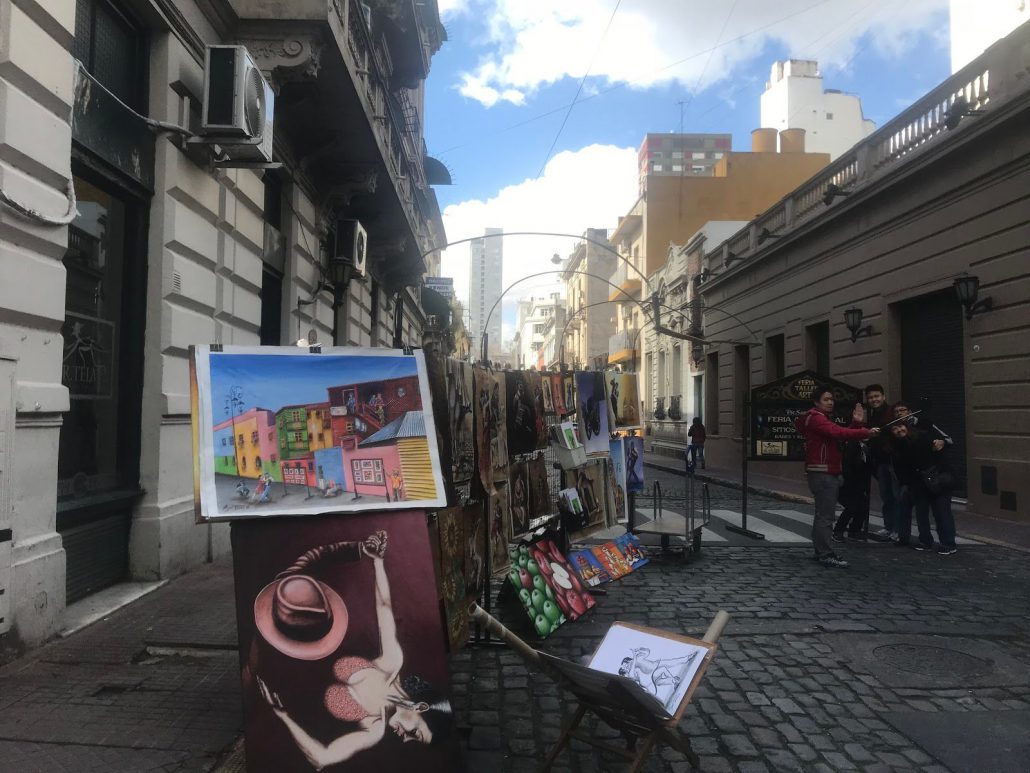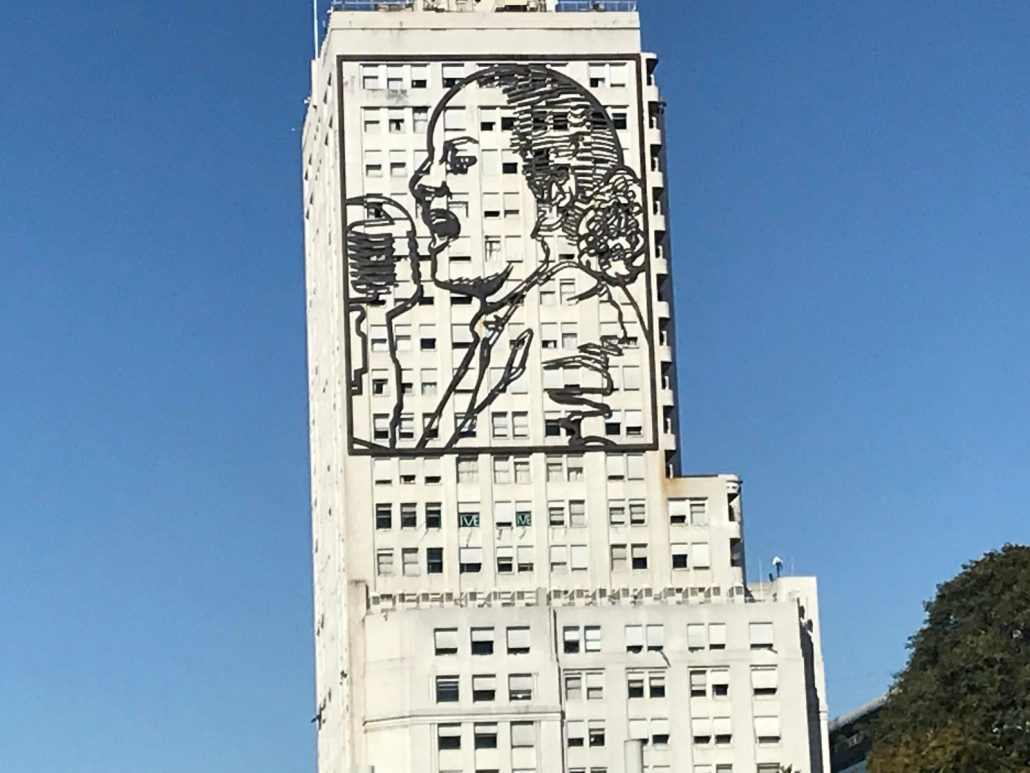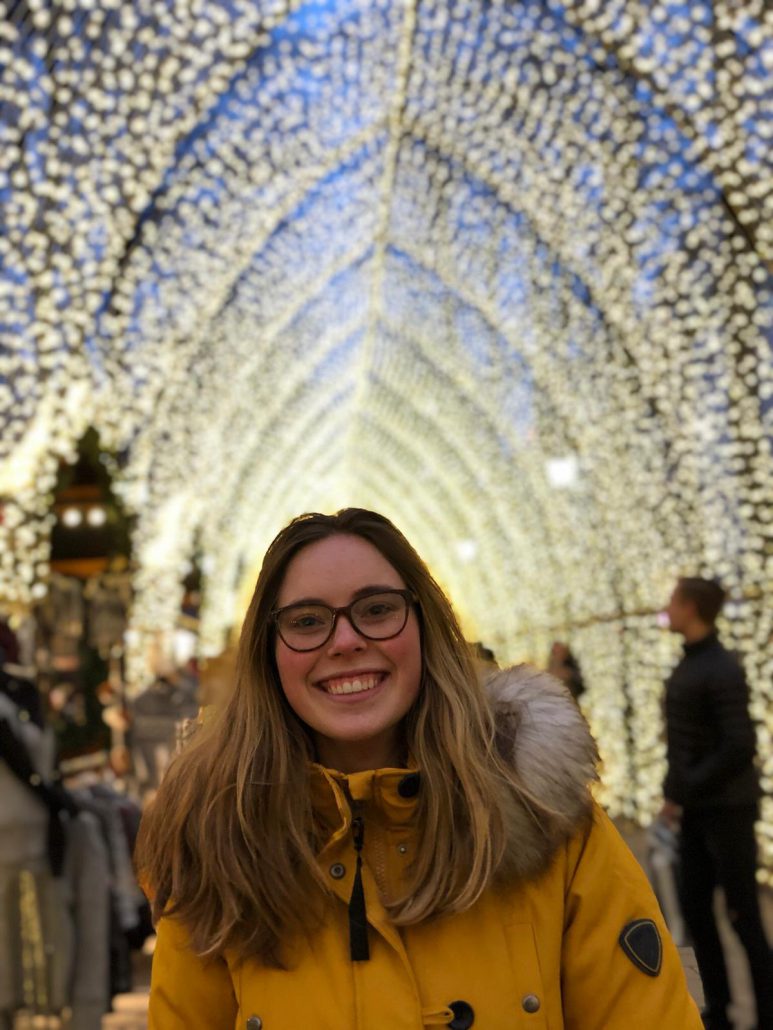Cyprus | Physics 1 Over! Moving into Apartments, Halfway Done with Physics Forever!
BY ARISA DHIENSIRI
This week we took our first final exam and we are officially done with Physics I! This week was pretty stressful since most of us were holed away in preparation for the exam. However this weekend is a free weekend with no excursions or day trips. Most people in the program are traveling but my friends and I decided to stay in Nicosia and catch up on some much needed rest. We had our last class with Dr. Anastasia Hadjiconstanti, which was very bittersweet, but we met our new professor this week and he seems just as nice. We’re already learning material for our second midterm in a week and a half. Even though the physics seems never ending at least we get this weekend to sleep it off.

Our last class with Dr. Hadjiconstanti (bottom row, white shirt). We’re going to miss her so much!
Last week the apartments were finally ready for us to move into! As soon as we finished our first midterm we bussed back to Altius Hotel, got our stuff, moved into the apartments, and headed straight back to lecture. The apartments are about all condensed within 5 minutes of the University and surrounded by the restaurants listed on the food vouchers, which is very convenient. Most apartments are set up suite style, two double bedrooms complete with a fully equipped kitchen, a bathroom, and a furnished living room. Most of the girls and the guys live in separate buildings but they are all within walking distance of each other. The apartments are pretty spacious and since they come with air conditioning I couldn’t ask for anything more.
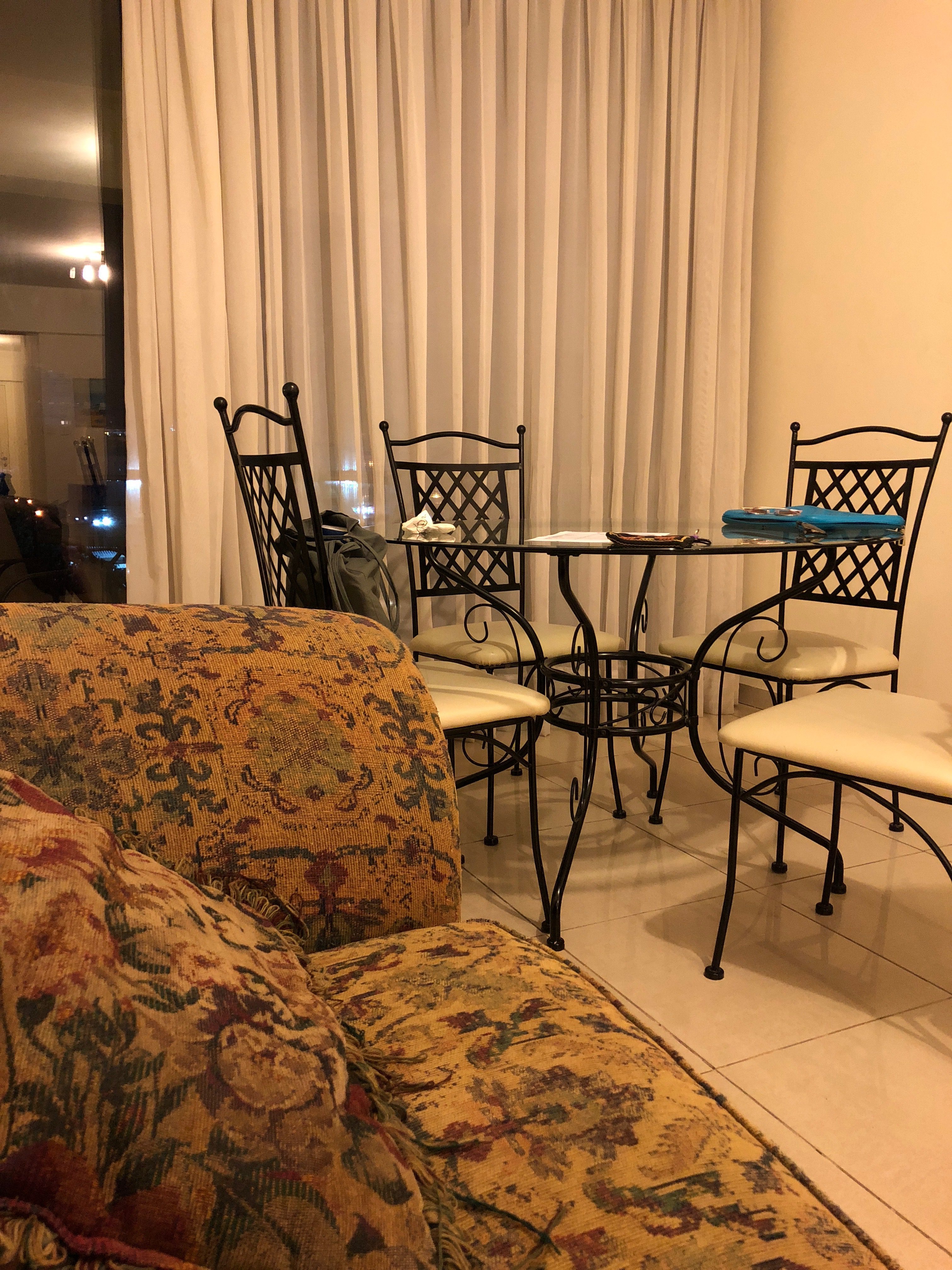
My friend Grace made a video documenting the first half of the trip, which you can view below!
https://www.youtube.com/watch?v=s5hx8mknKqk
See you next week!
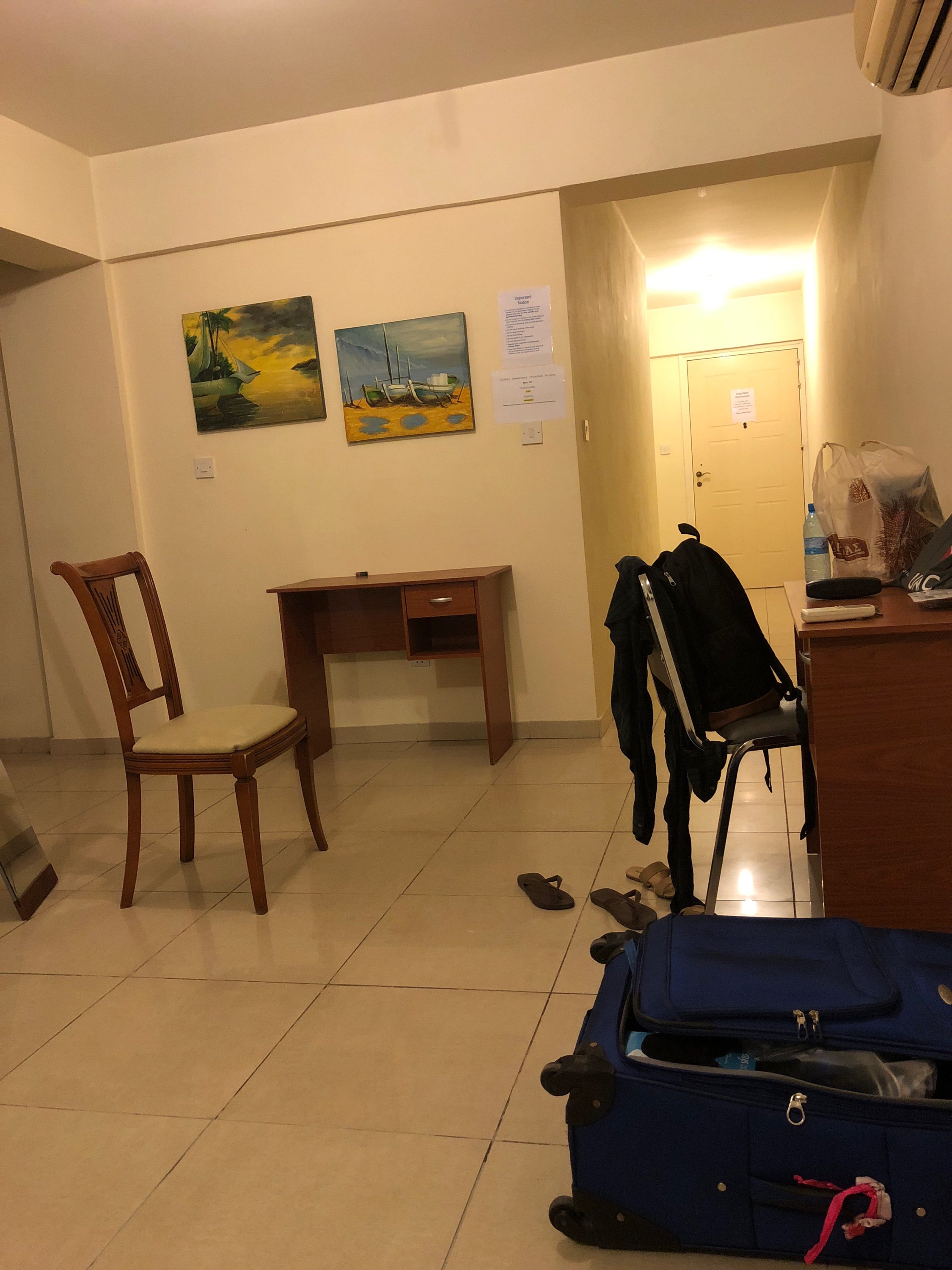
Arisa Dhiensiri studied abroad in Nicosia, Cyprus, in summer 2018: http://eap.ucop.edu/OurPrograms/Cyprus/Pages/univ-of-nicosia-summer-science.aspx


